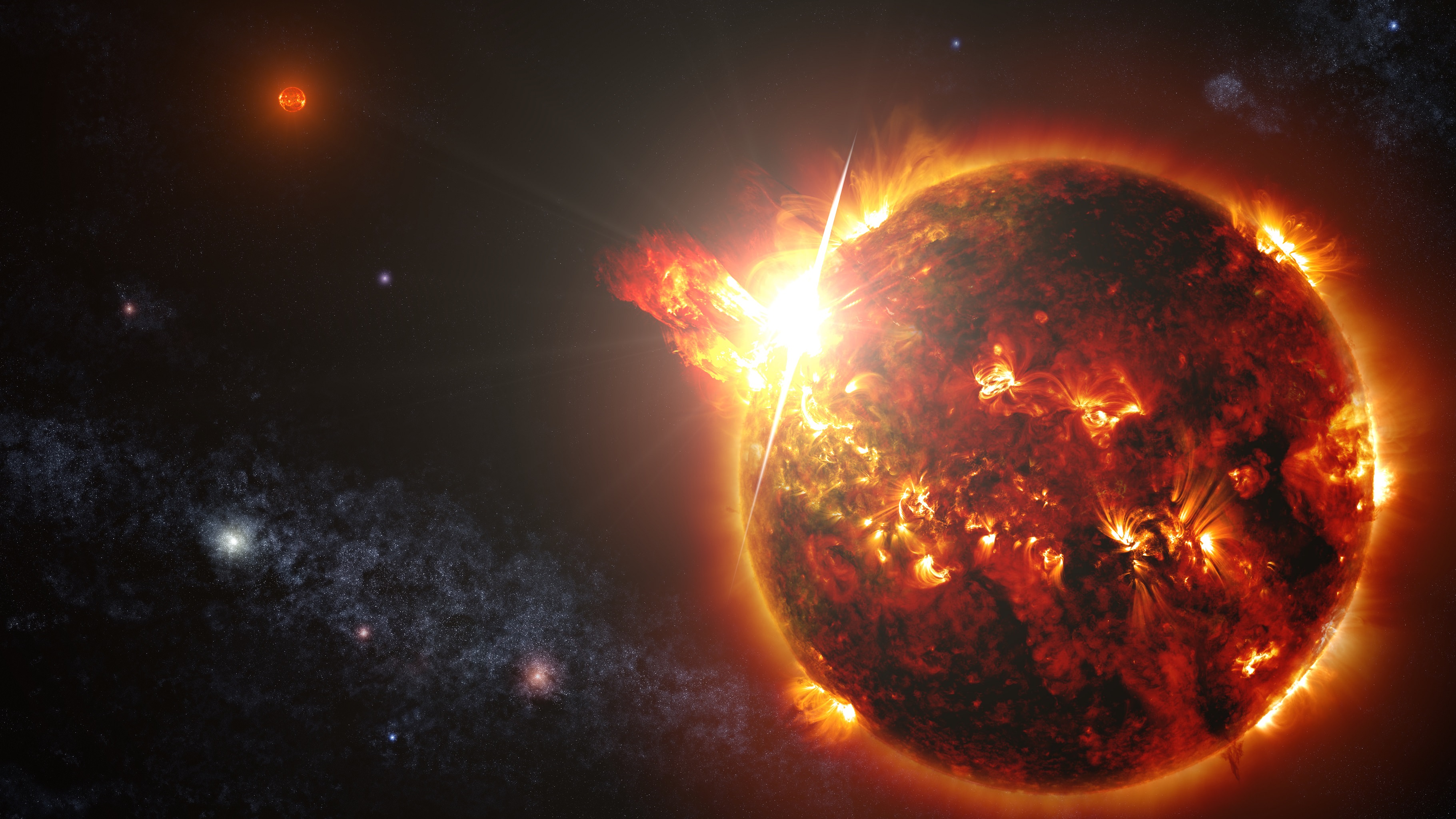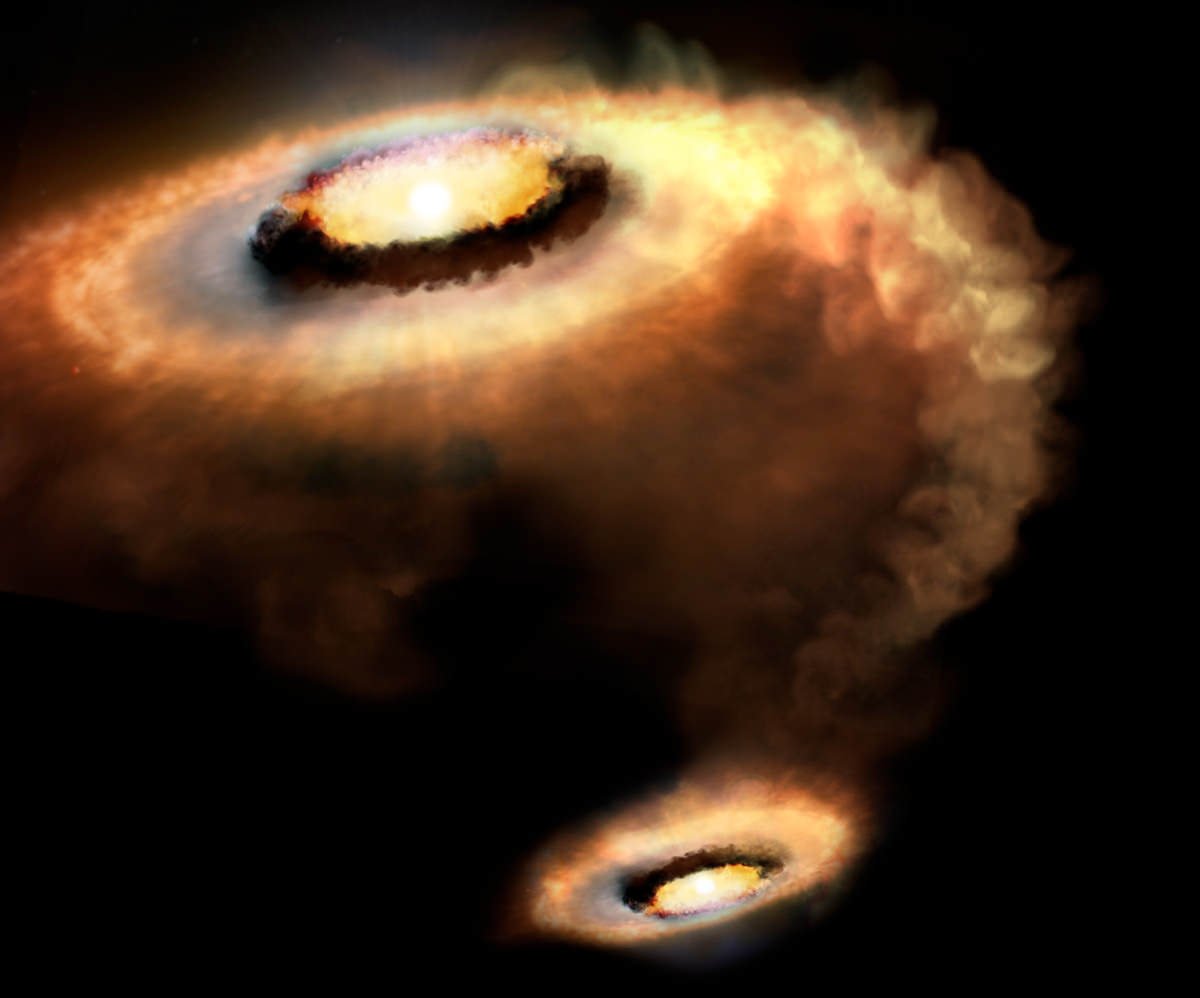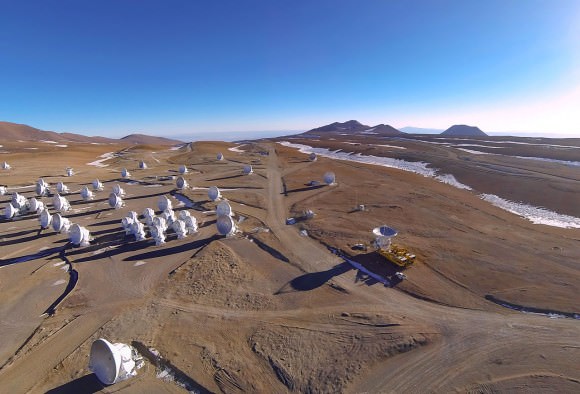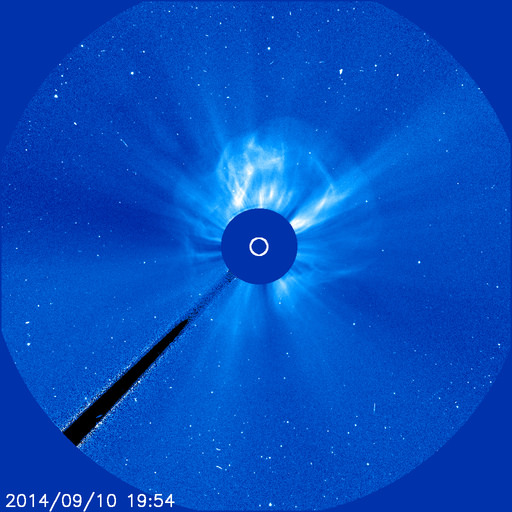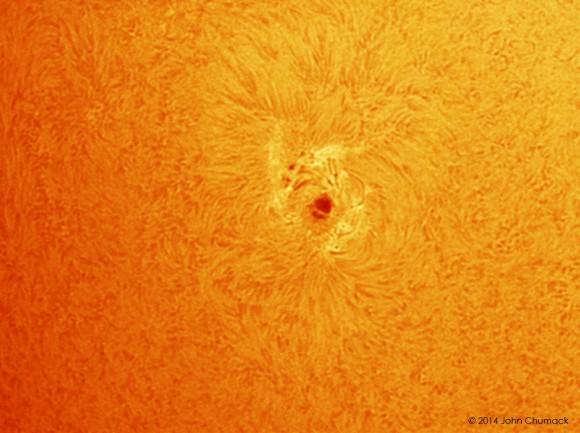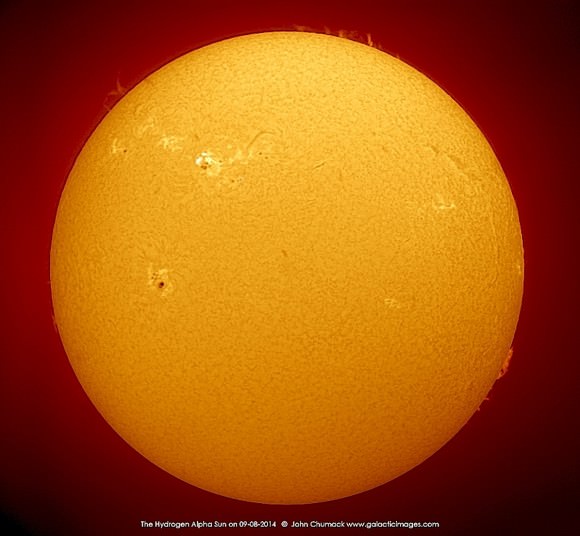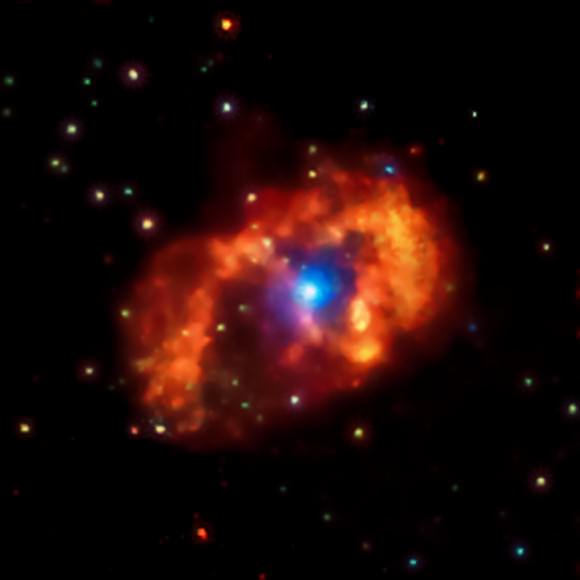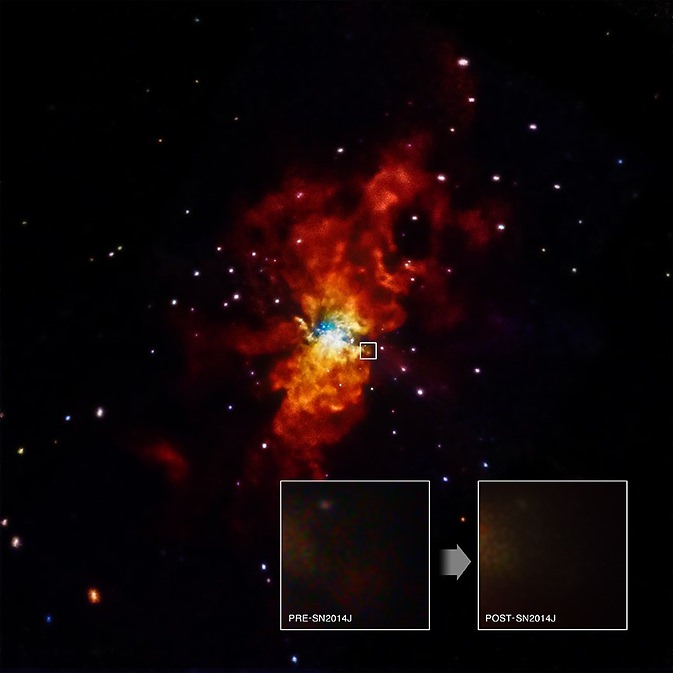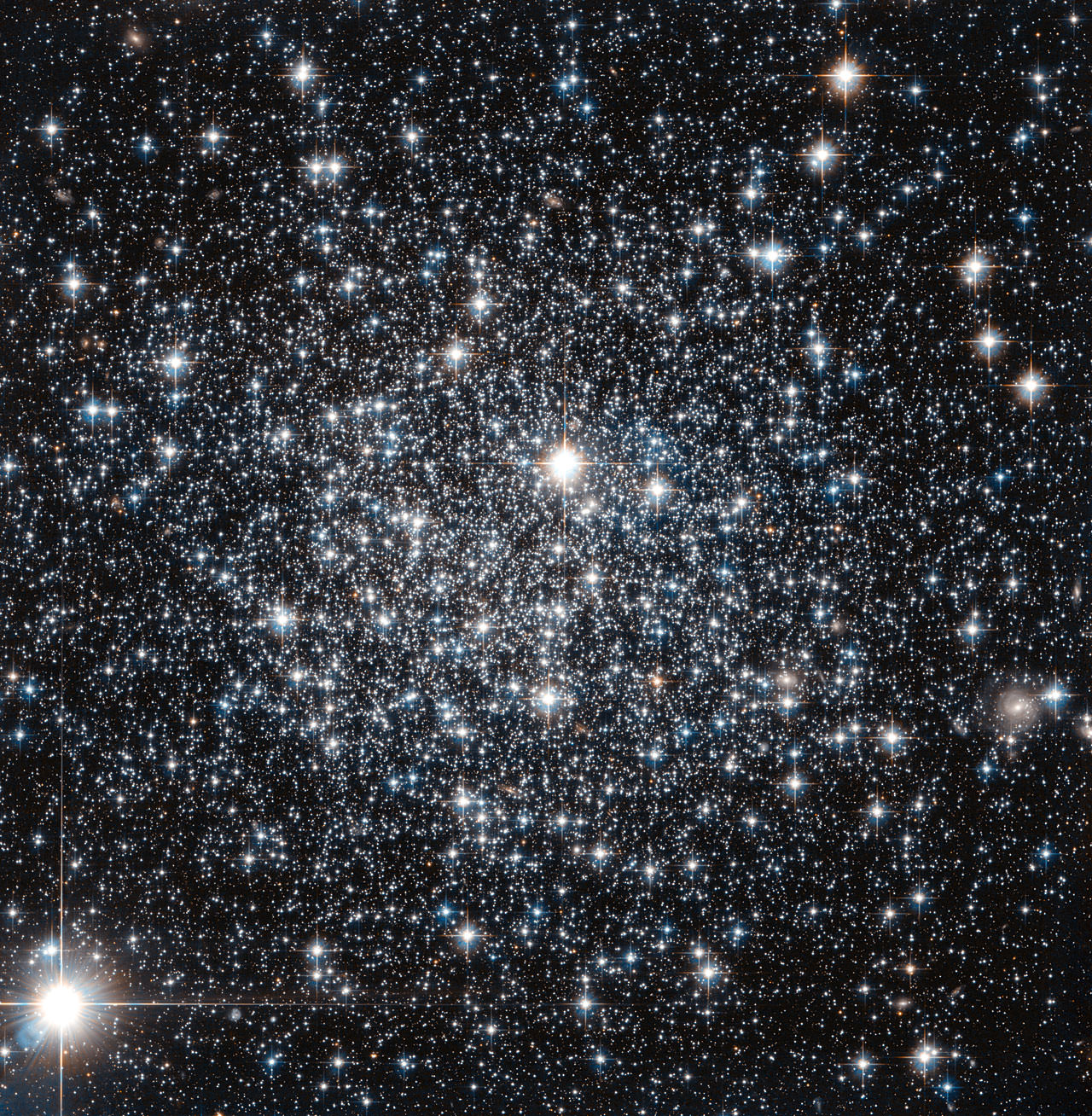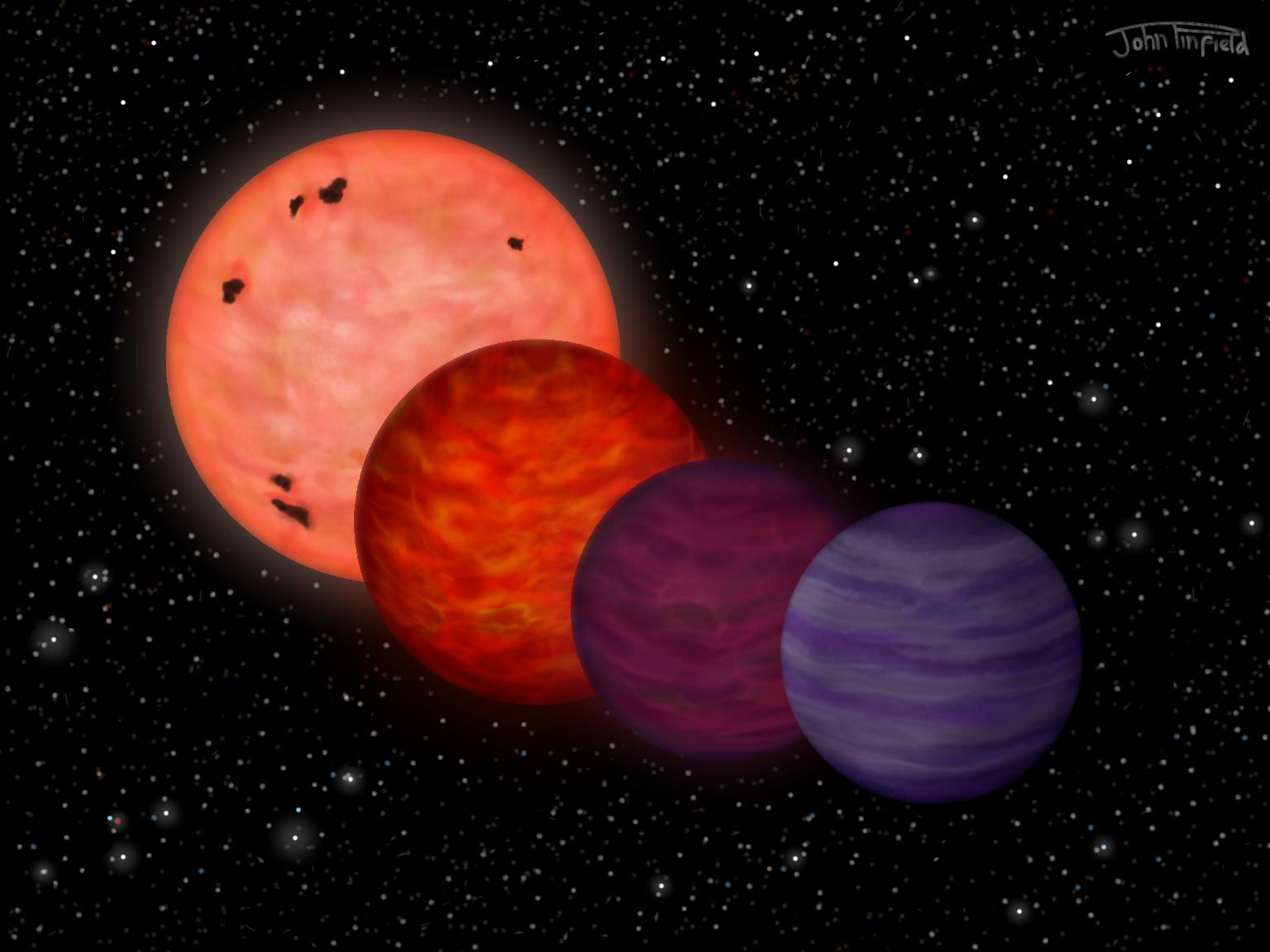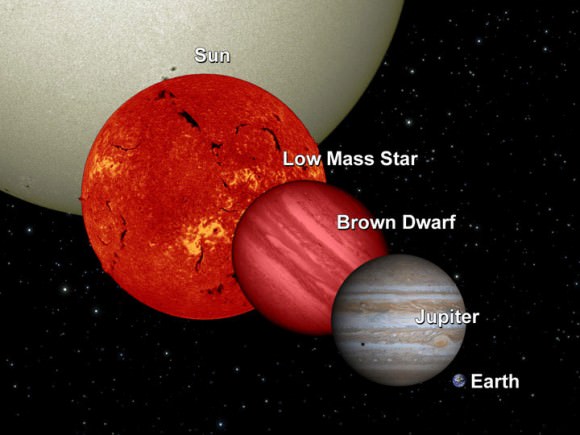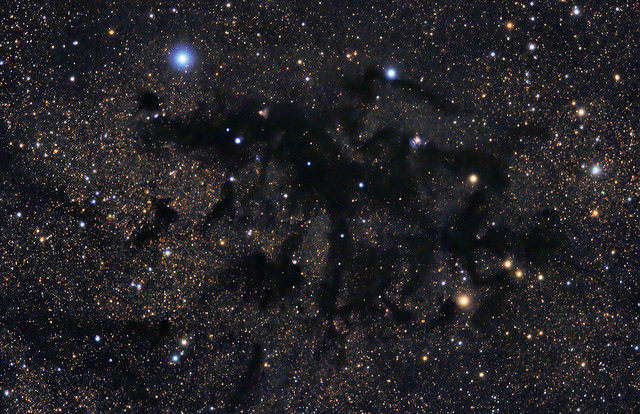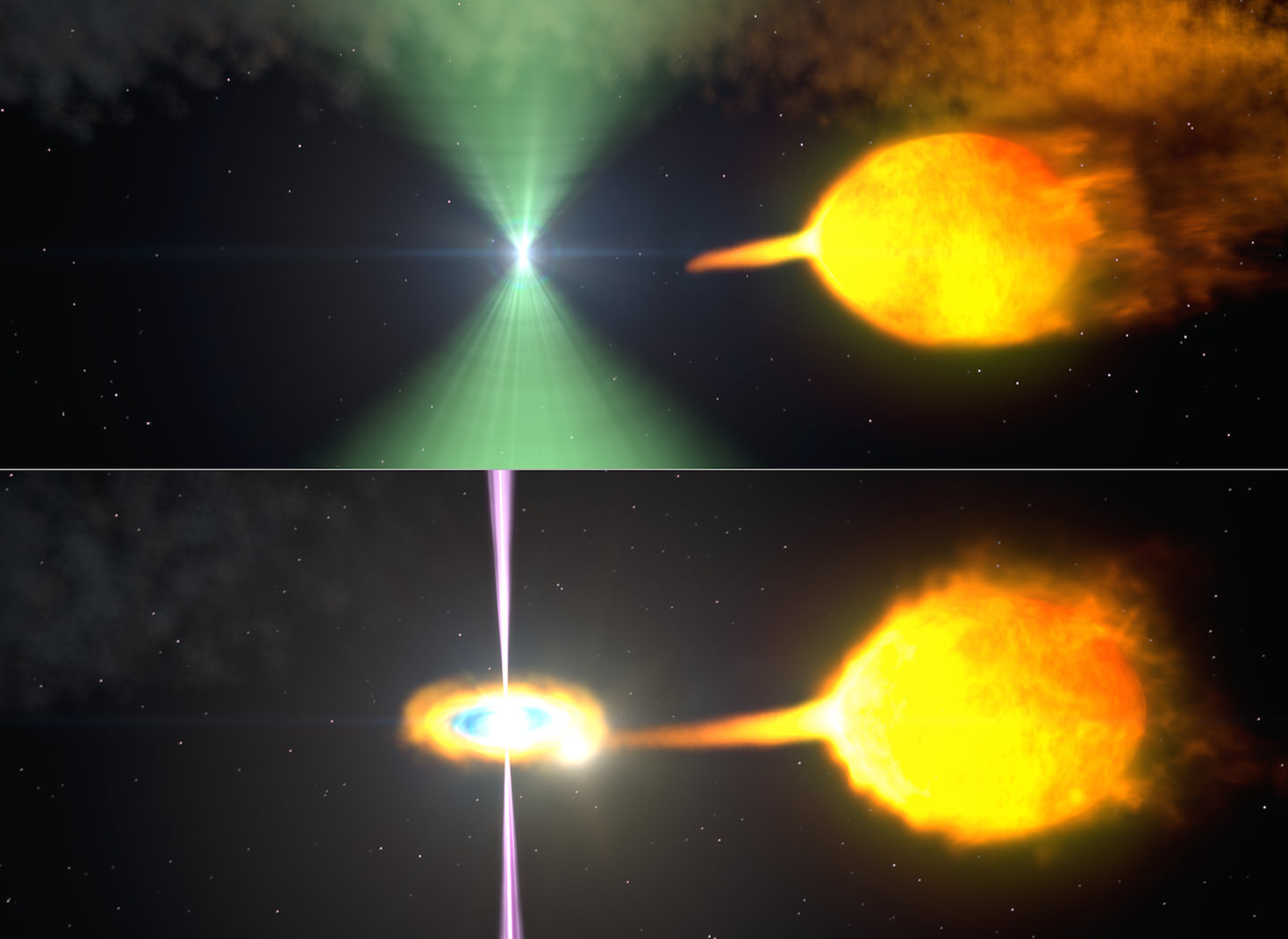Quick, do you have an Android phone in your pocket? A few small changes and you could help physicists probe more of the curious nature of cosmic rays, high-energy particles that emanate from outside our solar system.
Just download an app, cover up your phone’s camera with duct tape, then place it somewhere (running idle) with the screen facing up. If a particle “event” happens, the information will be logged in a central database.
The project (called Distributed Electronic Cosmic-ray Observatory or DECO) aims to record secondary particles called muons that occur when cosmic rays hit the Earth’s atmosphere. Scientists believe cosmic rays are created in black holes and supernovas, but more studies are needed.
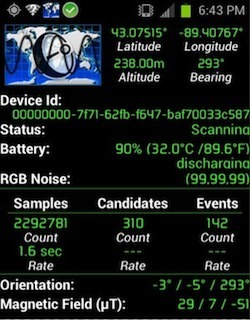
Researchers at the Wisconsin IceCube Particle Astrophysics Center (WIPAC), led by Justin Vandenbroucke, note that there are things about cosmic rays that confuse physicists. Their paths in space change as they go across magnetic fields, and it makes searching for other astronomy events difficult. That’s where they hope the phone study will be useful.
“Smartphone cameras use silicon chips that work through what is called the photoelectric effect, in which particles of light, or photons, hit a silicon surface and release an electric charge,” the University of Wisconsin-Madison wrote in a press release.
“The same is true for muons. When a muon strikes the semiconductor that underpins a smartphone camera, it liberates an electric charge and creates a signature in pixels that can be logged, stored and analyzed.”
For more details on how to run and use the app, consult this page (it’s the second item).
Source: University of Wisconsin-Madison


